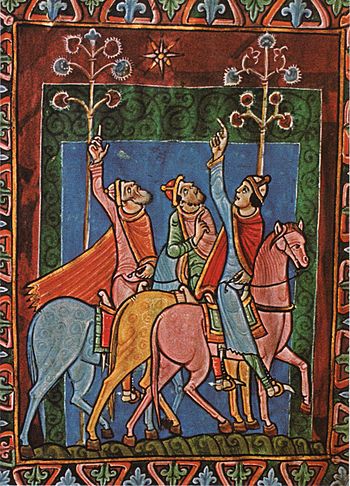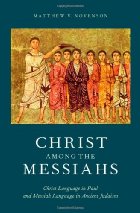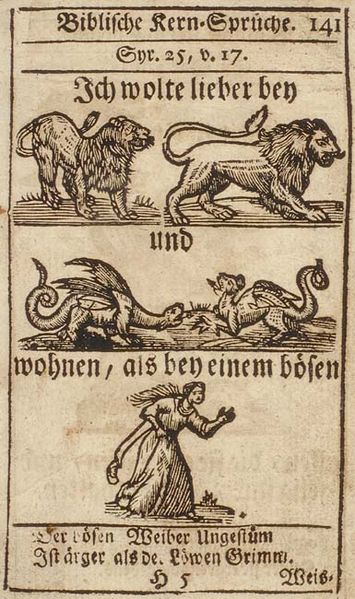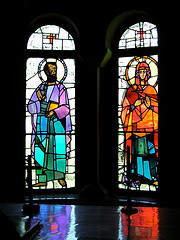Earlier posts in this series: 25th August 2020 and 27th August 2020.
Then,
. . .
We come now to the third section of Biblical Narratives, Archaeology and Historicity and the one that is of special interest to me . . . .
Part 3. Biblical Narratives
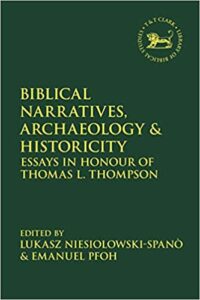
The opening essay is by another scholar also of the University of Copenhagen whose work has been discussed before on Vridar, Ingrid Hjelm: “The Food of Life and the Food of Death in Texts from the Old Testament and the Ancient Near East“. Hjelm interprets Genesis 1-3 intertextually with the Mesopotamian myth of Adapa, the book of Proverb’s discourse on Wisdom and Folly, and 1 Samuel’s narrative of Nabal and Abigail, finally extending even to thoughts on the Lord’s Supper in the New Testament.
I have a special interest in the Adapa myth as is surely evident from having posted fifteen times on it so far. It is about a pre-Flood mortal, Adapa, who is given perfect wisdom by the god Ea but not eternal life. Adapa offends the gods and is called to give account. The god Ea, who gave him wisdom, deceives him so that he unwittingly rejects the gift of eternal life offered by a higher deity, Anu. The details are quite different but the motifs are the same as we read in Genesis: a mortal being deceived by a divine agent, becoming wise but losing eternal life, the “sin” and a curse. There is surely some connection but exactly what that is is not immediately clear. Hjelm explores the questions common to both myths. The temple of the gods in the Adapa myth is replaced by the divinity’s garden in Genesis. Hjelm points out that Thompson himself has noted that the woman already “knows the good” before she eats of the tree of the knowledge of good and evil and that insight changes the way we read the story. Yet God has already planted the tree of life in the same garden, so why is it that God appeared from the outset (before “the fall”) to turn the attention of Adam and Eve from that tree? Asking such questions brings us even closer to the character of the interplay between the gods and Adapa in the Mesopotamian myth.
The second part of the essay is another fascinating examination of Wisdom and Folly in Proverbs vis à vis Abigail and Nabal (meaning “Folly”) in 1 Samuel 25, with once more the motif of eating specially prepared food. A snippet of the discussion:
In a comparative analysis of the goddesses Athirat, Qudshu, Tannit, Anat and Astarte in texts from the ancient Near East, inscriptions mentioning Asherah (and Yahweh) from Khirbet el-Qom and Kuntillet Ajrud and Old Testament texts, Broberg finds so much similarity in the symbol of Ashera’s linking of trees, snakes, fertility and woman that it is plausible that McKinlay’s ‘agents of God’ hide an Ashera goddess (Broberg 2014: 50-64).19 The use of the plural forms in Gen. l:26’s and 3:22’s ‘let us’ and ‘like us’ functions as an inclusio around this hidden goddess (Broberg 2014: 64), who is present at the creation as god’s wife, but in the course of the narrative is transformed to become Adam’s wife as the ‘mother of all living’ (Gen. 3:20; Broberg 2014: 59; cf. also Wallace 1985: 158). A similar transformation takes place when Abigail as David’s wife ‘is moved into the ranks of the many wives’ (McKinlay 2014 [sic – 1999?]: 82).
If, as argued by Broberg (2014: 61), Genesis 2-4’s woman/Eve narratives contain a conscious dethronement of Asherah similar to the anti-Asherah bashing the in the books of Kings (e.g. 1 Kgs 18:19; 2 Kgs 21:7; 23:4-7), it is likely that Proverbs 1-9 and 1 Samuel 25 are written as contrasting narratives, aiming at transferring Asherah’s positive traits as mother of all living onto the female figure. As heir of the life-sustaining qualifications of the fertility goddess, the wise woman secures the good life and holds death in check. (pp. 171f. Broberg 2014 = a Masters thesis at University of Copenhagen. My highlighting in all quotations.)
Where does the Lord’s Supper enter this picture?
The study of ancient myths may also add to our understanding of the Lord’s Supper as a radical transformation of drinking from the ṣarṣaru cup of Isthar in Near Eastern covenant ideologies’ confirmation and remembrance of the covenant. (p. 173)
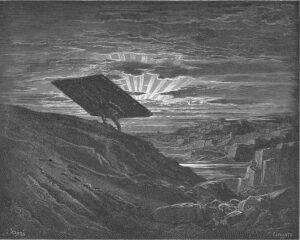
But let’s move on. The next chapter pulls out for attention one of those very odd passages in Biblical narratives that seem to have no real connection with the surrounding text and seem to add nothing at all to the plot and appears to be nothing more than an outlandishly tall tale. It’s one of those “why did the author write that?” scenarios: “A Gate in Gaza: An Essay on the Reception of Tall Tales” by Jack M. Sasson.
Judges 16: 1 One day Samson went to Gaza, where he saw a prostitute. He went in to spend the night with her. 2 The people of Gaza were told, “Samson is here!” So they surrounded the place and lay in wait for him all night at the city gate. They made no move during the night, saying, “At dawn we’ll kill him.” 3 But Samson lay there only until the middle of the night. Then he got up and took hold of the doors of the city gate, together with the two posts, and tore them loose, bar and all. He lifted them to his shoulders and carried them to the top of the hill that faces Hebron.
Sasson asks how such a story was understood by its ancient audience. We have no motif for Samson’s visit to Gaza; the feat defies credibility even for a strong-man (given the size of city gates later rabbis deduced Samson’s shoulders spanned dozens of cubits; add to the weight and size we have a steep climb and journey of tens of kilometres). Why do Bible authors sometimes resort to what surely must have been acknowledged to be obvious fictions?
. . . the exaggerations are themselves the focus of the story, giving them a ‘fictionality’ that encourages transposal into other forms of comprehension, such as a parable or a paradigm. In such accounts, narrators tend to sharpen implausibility by multiplying clues, their main intent being to promote the didactic via the entertaining. In antiquity, any Samson reader acquainted with fortified cities would know that city gates, not least because of their size, bulk and weight, were not transportable on the back of any one individual, however mighty. . . .
Elsewhere in Scripture, narrators also use diverse tactics to alert perceptive readers or audiences on the fictionality of what lies before them by assigning moralistic or whimsical names to characters that no parents would wish on their children. Such a tactic is obvious in Genesis 14 with its series of the named kings of Sodom (Bera, ‘In Evil’), Gomorrah (Birsha,‘In Wickedness’) and one of their allies (Bela, ‘Swallower’, likely king of Zoar). (pp. 184f)

